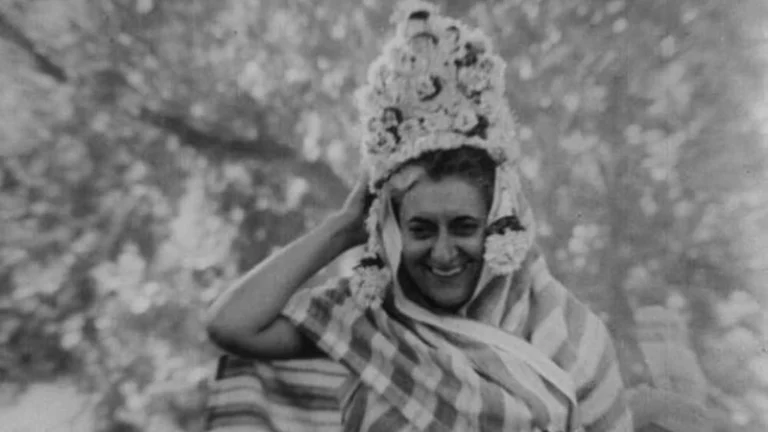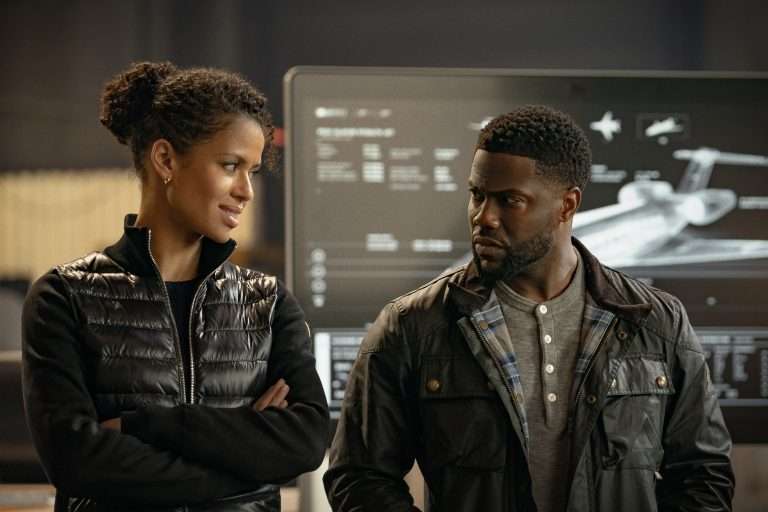American Psycho needs to be seen and appreciated, like a serpent in a glass cage. -Richard Corliss
“American Psycho” masterfully blends dark humor with chilling psychological thrills, offering a piercing critique of modern society. It delves into the psyche of the male ego, highlighting the deep-seated sexual insecurities, superficiality, and an obsessive commitment to materialism used as a shield against an underlying sense of apathy.
The story revolves around the enigmatic Patrick Bateman, portrayed with unnerving precision by Christian Bale. Bateman, a suave and successful corporate figure, epitomizes the very essence of this critique. Underneath his polished exterior lies a tumultuous inner world. Haunted by the monotonous and soulless demands of his high-powered corporate job, he finds a bizarre and horrifying outlet for his repressed rage: murder.
However, these acts of violence are less about necessity and more a perverse hobby, a dark reflection of his inner turmoil and dissatisfaction with the hollow world he navigates. This narrative weaves a complex tapestry of themes, dissecting the destructive nature of consumerist culture and the dangerous facades we construct in a bid to hide our true selves.
Patrick Bateman stands as a legendary figure in cinema, marking a defining moment in the annals of film history. Interestingly, Christian Bale was not the initial pick for this iconic role; Leonardo DiCaprio was originally slated to bring Bateman to life. Despite this, Bale’s decision to step into the role was met with significant apprehension from many in the industry. They cautioned that taking on such a character in a film of this nature could potentially be detrimental to his career. However, defying these warnings, Bale’s portrayal of Bateman not only proved to be a pivotal choice but also showcased his remarkable versatility and bravery as an actor.
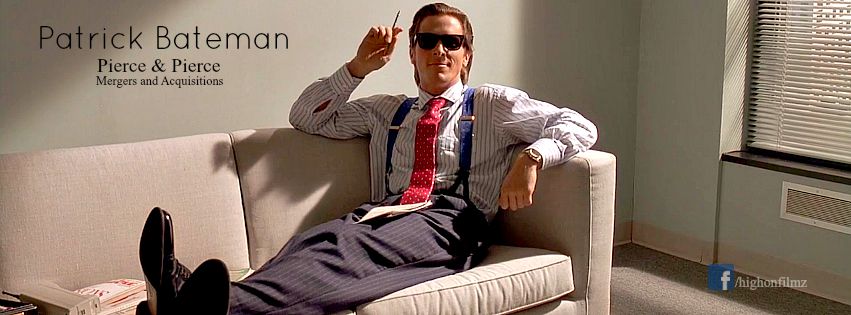
There are obviously potential spoilers, so you are warned.
What does American Psycho Mean?
The Dehumanising Pursuit of Materialism
“American Psycho” delves deep into the soulless pursuit of material wealth, set against the glitzy, cutthroat backdrop of Wall Street’s yuppie era. The protagonist, Patrick Bateman, as depicted by Christian Bale, is the epitome of this cultural phenomenon. Obsessed with the latest designer wear, the finest business cards, and exclusive dining experiences, Bateman’s life is a testament to a society that values appearances over authenticity and human connection.
However, this veneer of success masks a deeper, more troubling reality. Bateman’s world is hollow, marked by superficial relationships and a profound sense of alienation. The film actively paints a grim picture of a transactional society, where the relentless quest for status reduces individuals to mere objects.
The Crisis of Identity and Societal Conformity
“American Psycho” also explores the erosion of personal identity in a world obsessed with conformity. Bateman’s sense of self is so intertwined with societal expectations that he becomes indistinguishable from his peers, leading to a personal identity crisis. The film cleverly blurs the lines between reality and fantasy, emphasizing Bateman’s struggle to maintain his individuality amidst the pressure to conform. This theme is further underscored by the dark undercurrents of violence and moral decay that lie beneath the surface of the elite’s polished facade.
Corporate Greed and Its Violent Metaphors
The movie’s narrative also serves as a metaphor for the inherent violence of corporate greed. Bale’s portrayal of Bateman reflects a deep dive into the dark side of human nature. Bateman’s escalating violence mirrors the ruthless and often callous nature of corporate decision-making. His acts of murder, initially selective and deliberate, symbolize the unbridled greed rampant in the corporate world. The film’s climax, where Bateman evades accountability, mirrors society’s indifference to the brutality of corporate greed, highlighting the absurdity of the unchecked pursuit of profit.
A Journey Towards Moral Clarity
Contrary to what one might expect, “American Psycho” is also a story about gaining moral clarity. As Bateman’s double life starts to unravel, particularly after the murder of his colleague Paul Allen, he struggles with the reality of his actions. The film follows his journey as he tries to make sense of his transformation and grapples with the consequences of his hidden cruelty. In a world indifferent to his actions and the broader corruption and greed it reflects, Bateman’s struggle symbolizes a larger societal blindness. The ambiguous ending leaves viewers pondering whether Bateman will revert to his old ways or choose a different path.
Through these themes, “American Psycho” offers a multifaceted critique of modern society, exploring the dehumanizing effects of materialism, the crisis of identity, the violence inherent in corporate greed, and the journey towards moral clarity in a morally ambiguous world.
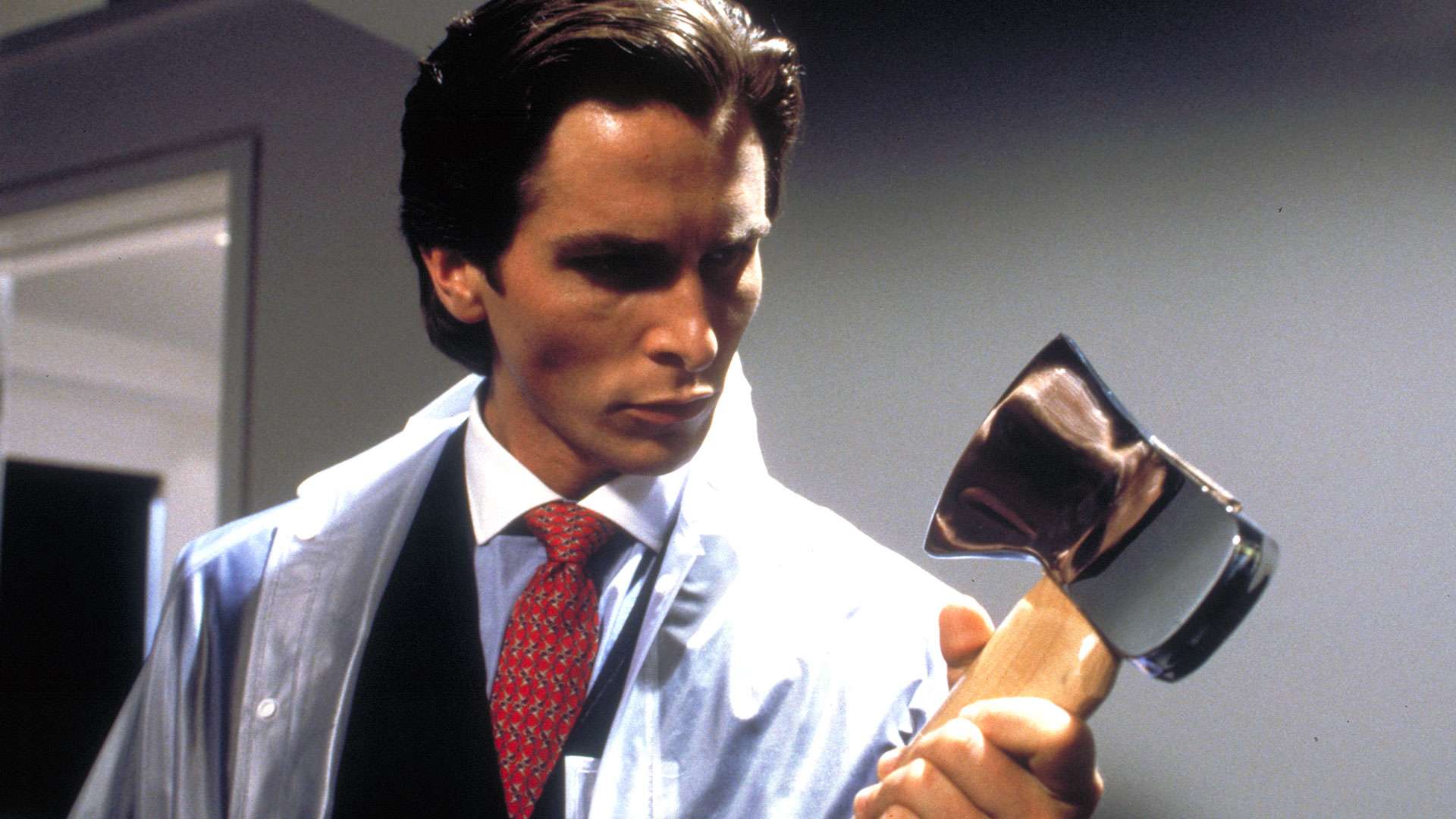
American Psycho Ending Explained
Even after 25 years of its release, the ambiguous ending of ‘American Psycho’ calls for debate amongst fans. As the narration progresses, events in the film get more violent and take gory turns, building up to a shocking conclusion. It leaves the viewers questioning exactly how much of the film was real and how much was fantasy.
Did Patrick really kill anyone? Was it just his imagination, a fantasy of how he wanted to deal with his corporate frustration? Was Paul Allen really dead? We have tried to look at all the possibilities and decipher it for you and come up with the theories that make rational sense of the psychological thriller.
Before we postulate the theories and work on them to possibly conclude which can be more accurate, we have to understand the sequence of events leading up to the climax scene.
Understanding the Lead-Up: Analysing Key Events Before the Climax to Theorize American Psycho’s Ending
1. ATM – Patrick Bateman visits the ATM to withdraw money, but the ATM pops up the message, “Feed me the stray cat.” Bateman doesn’t hesitate to aim at the kitten, but before he could shoot and feed it inside the ATM, a grossed-out old woman interrupts him. That old woman becomes Bateman’s first victim that night.
2. Policemen Chase – Policemen chase Patrick in their cars, which later turns into a shootout. He kills a couple of policemen and blows up one of the squad cars, which doesn’t seem possible to do with a single pistol. He, himself, is oddly surprised and stares at the gun in disbelief for a few seconds before checking the time and running into the office.
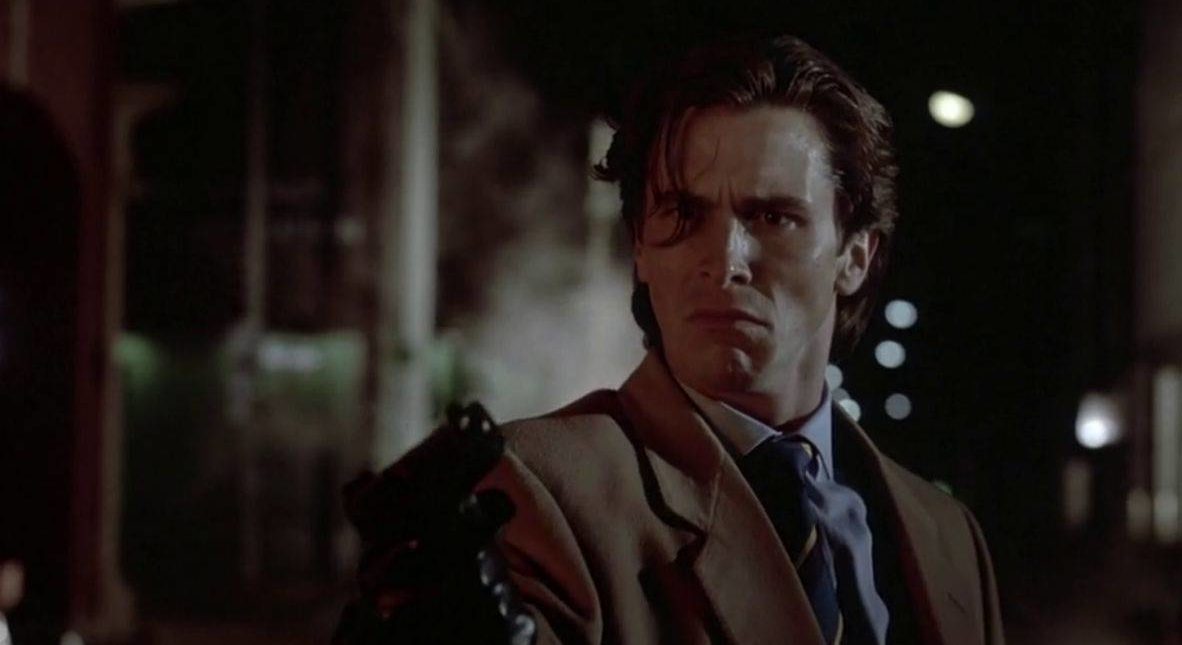
3. “Mr Smith” – He enters the random office (not the Pierce & Pierce where he actually works), where the security guard addresses him, calling,” Mr Smith.” He kills the guard and the janitor so as not to leave any witnesses before he proceeds to his own office.
4. Confession – Bateman enters his office cabin and hides from the helicopter search lights under his desk. He makes a call to his lawyer, Harold (Stephen Bogaert), to confess his heinous act of brutally murdering the escort girls and one of his colleagues, Paul Allen (Jared Leto).
The twist in the tale comes the very next day, which is still a bone of contention for 25 years.
1. The dead bodies are no longer in the storage compartment of the flat.
2. A realtor is initially shocked to see Bateman and explains that nobody named Paul Allen actually lived there. She politely asks him to leave the apartment.
3. His lawyer, Harold, mistakes him for Davis and calls his message a prank, as Bateman is a dork who can’t dare to commit such an act. Harold walks off flap-doodling and rubbishing Bateman’s claim that he killed Paul, as he had dinner with Paul ten days ago in London.
4. Jean (Chloe Sevigny) finds a notebook that seems to be reflections of her boss’s psychosis and we are suddenly left to wonder if it’s all just his fantasy.
Now, we have three possibilities here.
- It was all fantasy, and Bateman made up everything that reflected his psychosis.
- Bateman actually killed everyone except for Paul Allen.
- Bateman actually killed everyone, and Harold mistook Paul Allen for someone else.
I believe that Patrick Bateman is actually a serial killer, and he did kill Paul Allen.
There is no doubt that Patrick Bateman is psychotic. It is clearly indicated in the first act of the film when he asks a bar girl for alcohol and mumbles, “You’re a f**king ugly b*tch, I want to stab you to death and then play around with your blood.”
Patrick Bateman is a self-obsessed, eccentric, and affluent man who works in a financial firm. He and his colleagues lead such a superficial life that they show off their visiting cards to mark their vanity. The obsession extends beyond visiting cards to booking posh restaurants, selecting wardrobes, and even choosing something as simple as a tie.
They often care nothing about anyone else, and that might be the reason why Bateman’s lawyer didn’t know what his name was, mistaking him for someone else, and possibly he does not remember who Paul Allen might be. Why not? It can be true. So, possible Bateman really axed the head of Paul Allen in such a brutal but poetic fashion.
Detective Donald Kimball (Willem Dafoe) drops the case after finding that the protagonist has an alibi. The call made by Bateman from Paul’s landline stating that he flew to London can be an alibi. Why did he kill Paul Allen? The first act establishes Patrick’s loathing for Paul Allen when they discuss the characteristics of their suits.
The Pre-Climax
The sequence of events described earlier, leading to the climax, is just a fringe of his imagination. No ATM pops up the message to feed a stray cat. He shrugs in disbelief that his pistol could do so much damage. He is just a sociopath with extreme delusions and a vivid imagination. It is tragic and horrifying that no one believes in his confession. Everyone gets busy with his or her own s**t. No one acknowledges that a dork like him could possibly do cold-blooded murder.
American Psycho deals with the superficiality of society and the extreme shallowness of oneself that clouds belief of an individual. That is very much depicted in the last scene when disgruntled Patrick spits out the fact about a society ruined by the vanity of materialism.
Also Read: American Psycho [2000] Review
“There are no more barriers to cross. All I have in common with the uncontrollable and the insane, the vicious and the evil, all the mayhem I have caused, and my utter indifference toward it, I have now surpassed. My pain is constant and sharp, and I do not hope for a better world for anyone. In fact, I want my pain to be inflicted on others. I want no one to escape. But even after admitting this, there is no catharsis; my punishment continues to elude me, and I gain no deeper knowledge of myself. No new knowledge can be extracted from my telling. This confession has meant nothing. “
Christian Bale’s Perspective on the Deep Significance of American Psycho
Delving into the depths of ‘American Psycho’, Christian Bale shared his insights about portraying the notorious Patrick Bateman during a candid conversation with GQ. As part of his preparation for this complex role, Bale immersed himself in the frenetic energy of Wall Street, experiencing firsthand the bustling life on the NYC stock Exchange trading floor. This experience wasn’t just about observing the environment; it involved engaging with the very individuals who were mirrored in ‘American Psycho’.
Bale recounted a particularly eye-opening interaction.
“[…] but the guys on the trading floor, when I arrived there before making the film, I got there and a bunch of ’em, they were going ‘oh yeah, we love Patrick Bateman’. And I was like, ‘yeah, ironically, right?’, and they were like, ‘what do you mean?’”
The irony here is stark and troubling. ‘American Psycho’ is a scathing critique of toxic masculinity, and Bateman is anything but a role model. Yet, the fact that Bateman resonated positively with these influential and affluent traders underscores a deeper societal issue. These individuals, in their high-powered roles, seemingly missed the point of the character’s representation of the darkest aspects of masculinity and consumer culture.
Despite this misinterpretation by some on Wall Street, Bale’s understanding of Patrick Bateman’s true essence remains clear. As the actor who brilliantly portrayed Batman in ‘The Dark Knight’, Bale recognises the intended portrayal of Bateman in ‘American Psycho’ – a character meant to embody, not endorse, the very ills he represents.
Also Read: 10 Films Like American Psycho
What does Director Mary Harron Think Of American Psycho’s Ending & its True Meaning
The ambiguity of “American Psycho” has been a subject of much debate, and the filmmakers themselves have fueled this intrigue. Co-writer Guinevere Turner disclosed that she, along with director Mary Harron, intentionally sought to preserve the book’s ambivalence, carefully navigating between what’s real and what’s not. They consciously avoided the cliché of resolving the plot as just a figment of imagination or a dream. Turner emphasized their intent to leave some events surreal, without dismissing everything as unreal.
Mary Harron, when probed about whether the events in the movie were all in Bateman’s imagination, chose not to give a definitive answer. Echoing Quentin Tarantino’s philosophy, she believes that spelling out the answer would strip the movie of its mystique for the audience. She did, however, acknowledge a shift towards the surreal, particularly in scenes like the one where an ATM demands a stray cat – a clear departure from reality.
“One thing I think is a failure on my part is people keep coming out of the film thinking that it’s all a dream, and I never intended that. All I wanted was to be ambiguous in the way that the book was. I think it’s a failure of mine in the final scene because I just got the emphasis wrong. I should have left it more open ended. It makes it look like it was all in his head, and as far as I’m concerned, it’s not.”
The consensus, however, is that while certain elements, like the bizarre ATM scene, are clearly imagined, the core events, particularly the murders, are real within the film’s universe. Preferring this interpretation, it avoids trivializing the narrative by reducing it to mere fantasy. Making the entire sequence of events a product of Bateman’s imagination would, in a sense, absolve him of his heinous actions, suggesting that the horrific events never actually occurred – a perspective many, including myself, find unsatisfying and evasive.


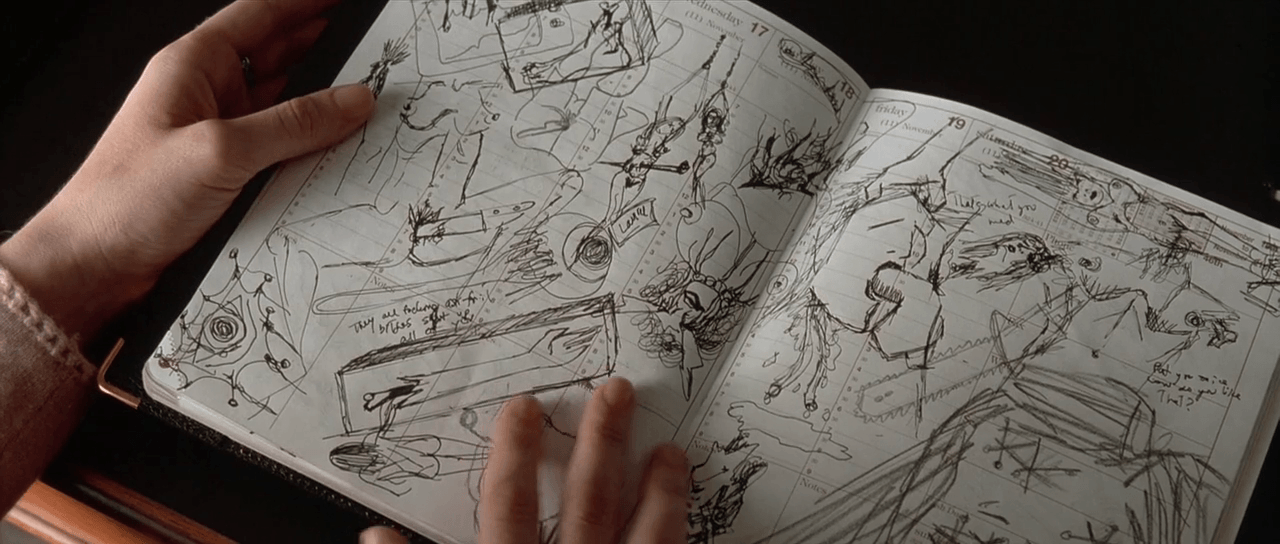
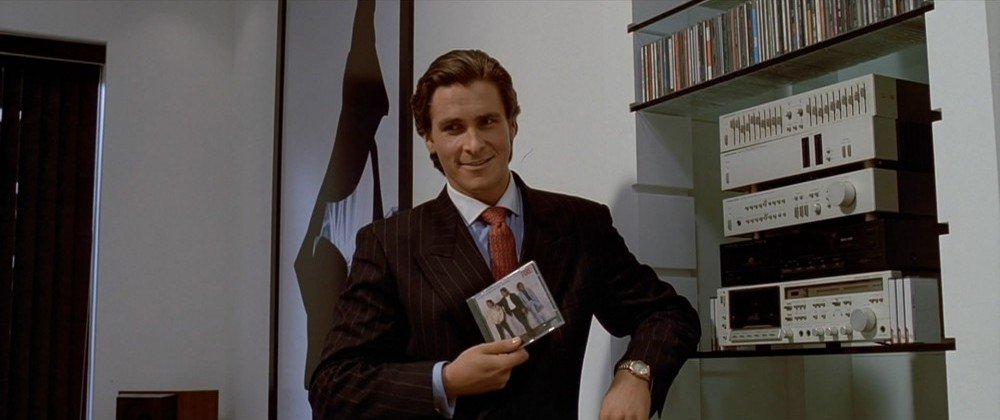


![IT [2017]: Terror Comes From Devil’s Home](https://79468c92.delivery.rocketcdn.me/wp-content/uploads/2017/09/pmcvariety.files_.wordpress.comit-movie-stephen-king-5-8b704c1c0953888ade975e489a28fd320ed46ed6-768x432.jpg)
